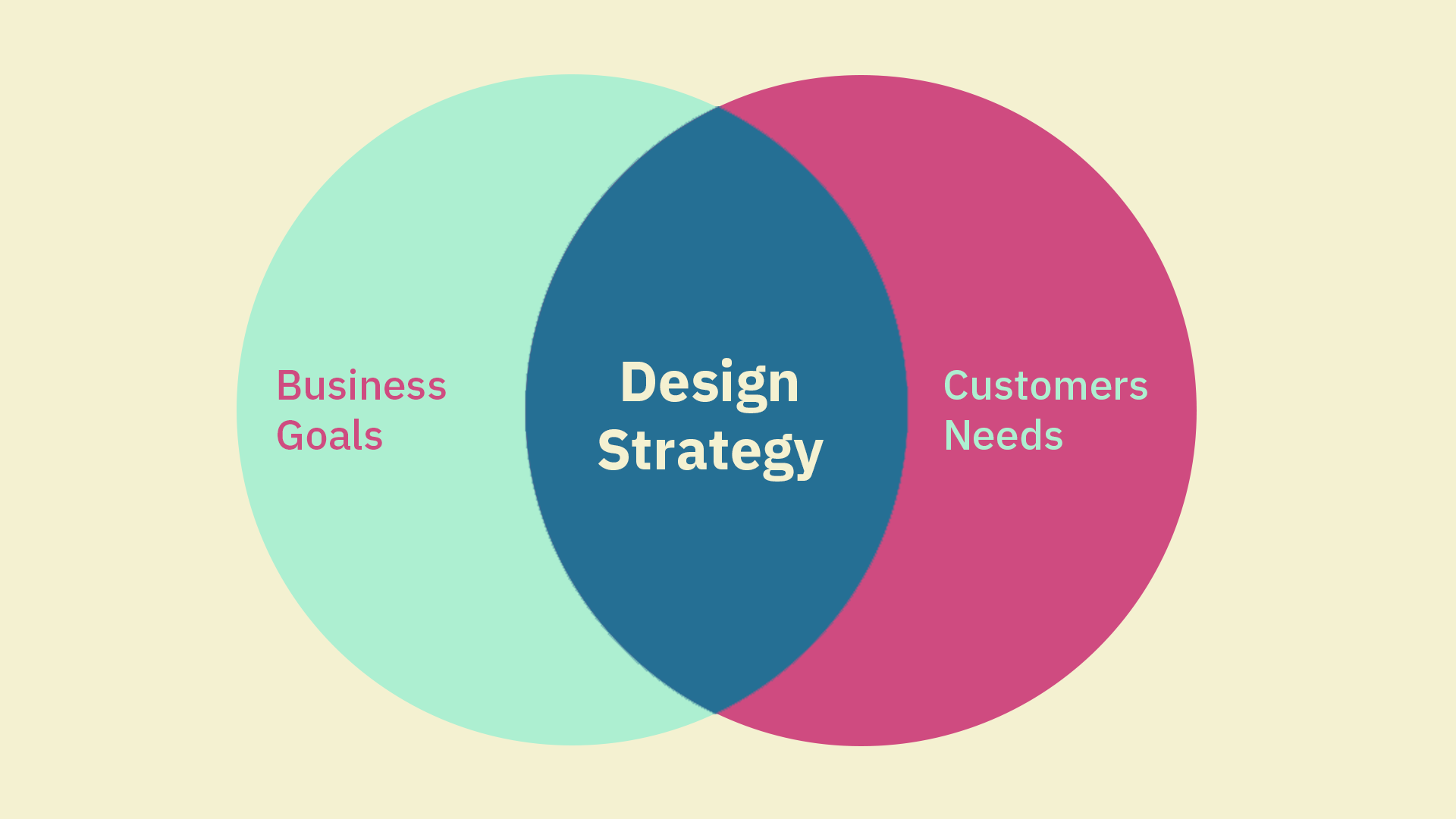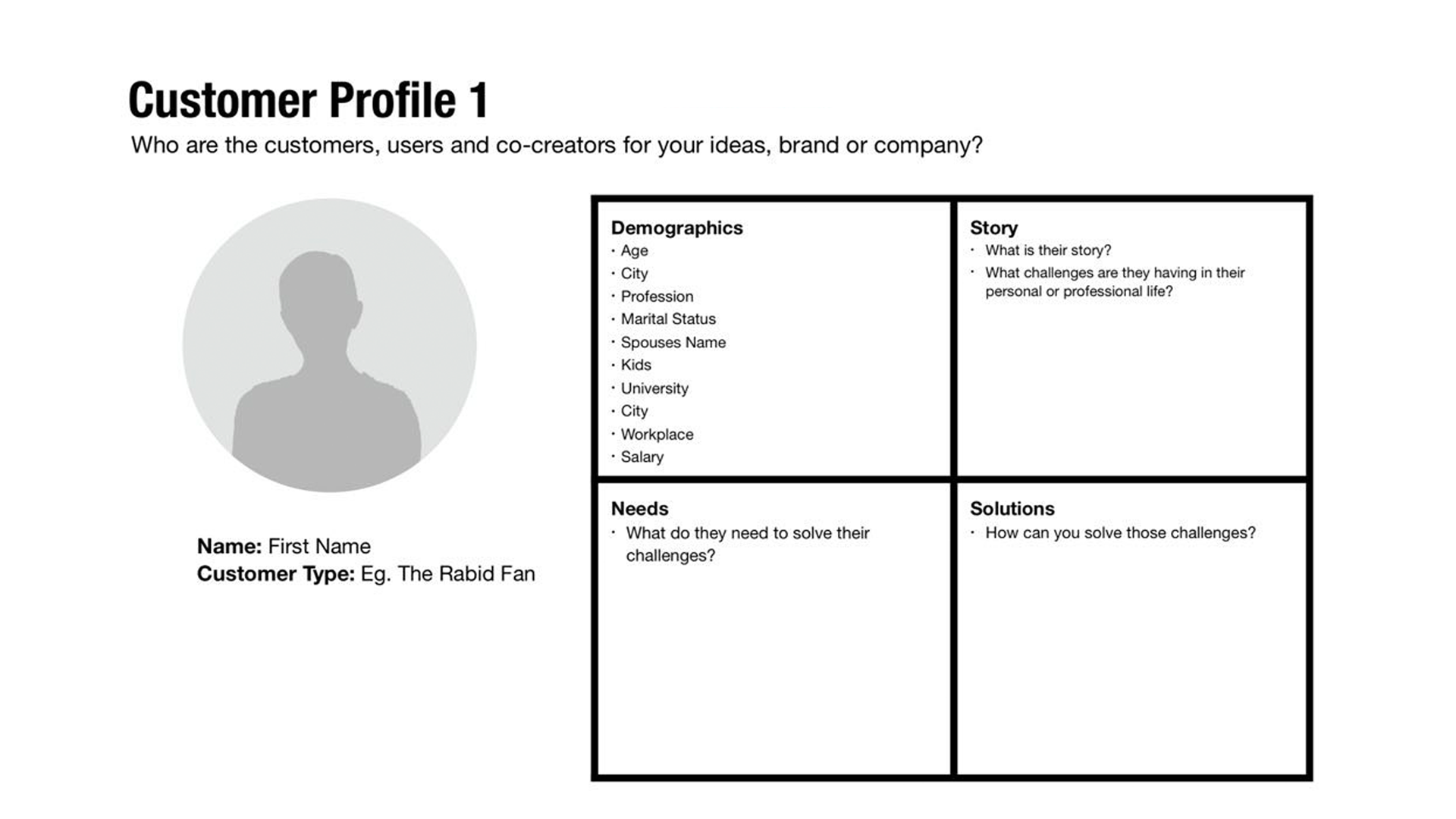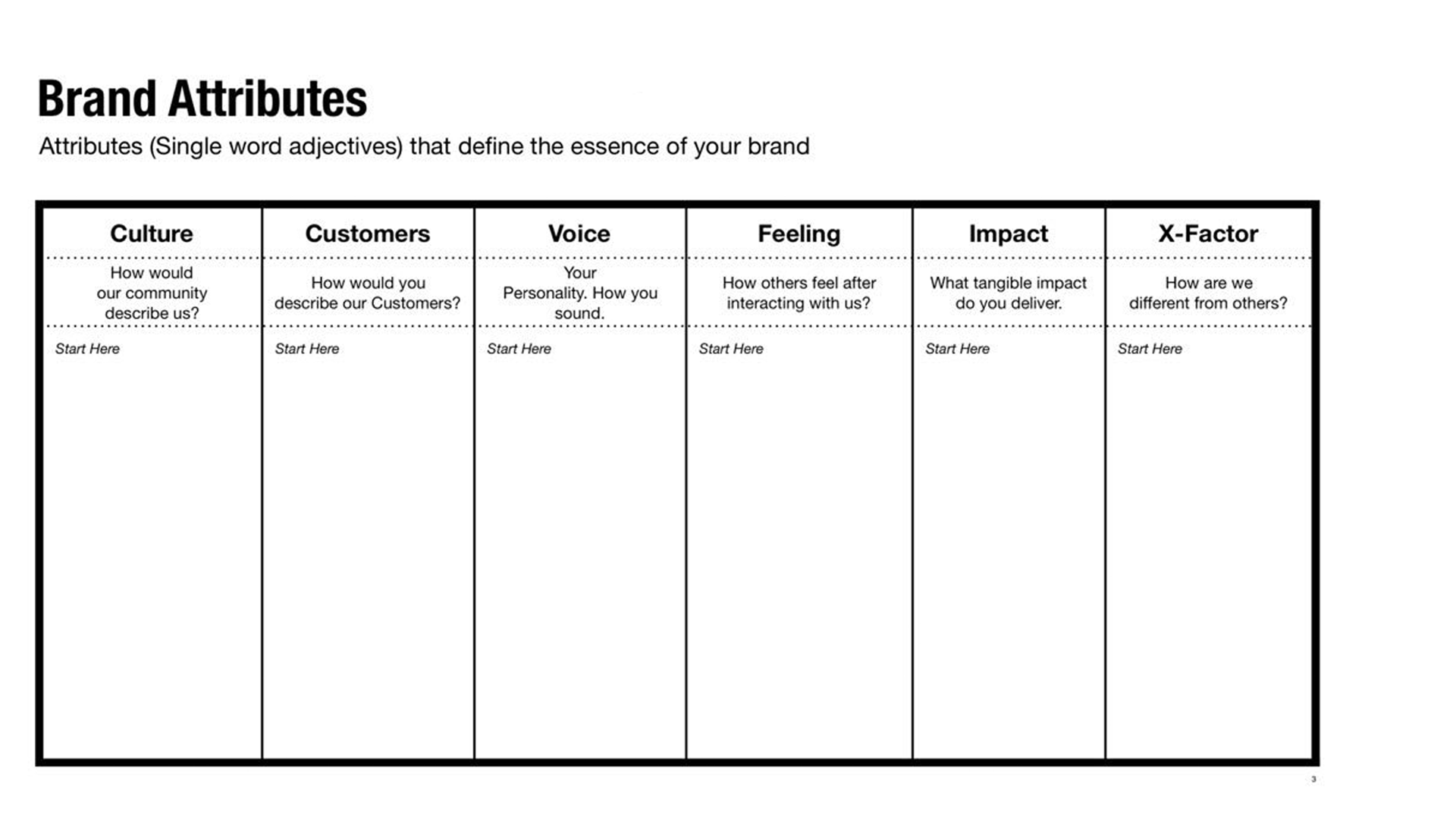3 Steps to Design Strategy
Learn how to use design thinking in marketing strategy. Understand your target audience and create customer profiles to make your marketing efforts more effective and appealing to your ideal customers.

Design strategy in marketing is the process of developing a plan that integrates design thinking and principles into a company's marketing efforts. It involves using design principles and methods to create a cohesive and effective marketing plan that resonates with the target audience and enhances the overall brand experience.
1. Understanding the target audience
The first step is to research and understand the target audience's needs, preferences, and behavior patterns. This information is used to create customer profiles that guide the design strategy.
Customer Profiles
Customer profiles, also known as buyer personas, are fictional representations of your ideal customers based on market research and real data about your existing customers. A customer profile typically includes demographic information such as age, gender, location, income, education, and occupation, as well as psychographic information such as interests, hobbies, values, and lifestyle.

2. Brand discovery
A strong brand identity is essential for successful marketing. The design strategy should include guidelines for brand elements such as logos, colors, typography, and imagery.
During brand discovery, businesses explore their brand's purpose, mission, vision, and core values. They also define their brand's voice, tone, and personality, as well as their brand's positioning in the marketplace.
The purpose of brand discovery is to create a strong foundation for a brand that will guide all future branding and marketing efforts. It ensures that a brand's messaging and visual identity are aligned with its values and resonates with its target audience. By going through this process, businesses can create a cohesive and recognizable brand that stands out in a crowded market.
A strong brand identity is essential for successful marketing. The design strategy should include guidelines for brand elements such as logos, colors, typography, and imagery.

3. Measuring effectiveness
The design strategy should include metrics for measuring the effectiveness of the marketing efforts. This may be measuring branding success based on customer engagement and compare it year to year.
The Brand Commitment Scale by Marty Neumeier
1. Satisfaction: "I'm satisfied with the company and what they put out"
2. Delight: "Wow! I didn't know it would be this good! I'm going to tell my friends."
3. Engagement: "I love this company and I really feel like I belong with this brand."
4. Empowerment: "My life wouldn't be as good if you took that brand away from me."





